
How to Choose Pad Mounted Transformer?
Table of Contents Selecting the right pad-mounted transformer requires careful consideration of several critical factors, as these ground-mounted distribution transformers play a vital role
ELECTRIC, WITH AN EDGE
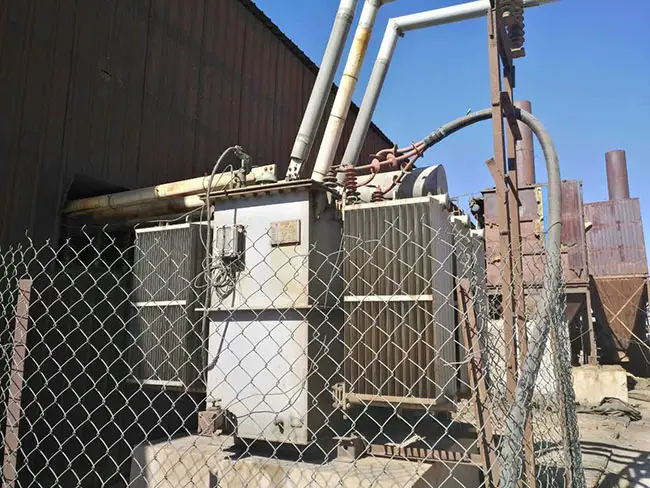
Combined with the comparison of the actual electricity load of the tenants collected during the operation of the shopping center with the design load and required electricity. And the comparison between the actual operating load of the transformer and the design load, to discuss the influence of the setting of the tenant’s electricity and the value of the calculation coefficient of the electrical equipment on the selection of the rated capacity of the transformer under the energy-saving state, and to provide a reference for the purchase of transformers in shopping malls.
IKEA Shopping Center is a super-large comprehensive shopping center integrating commerce, restaurants, supermarkets, electrical appliance stores, sports stores, and movie theaters.
The electrical distribution design requires the substation to be located in the load center, which brings great challenges to electrical design and equipment selection. Electricity consumption accounts for more than 90% of the energy consumption of the entire shopping mall building, so saving electricity is a top priority for sustainable development.
Saving power mainly depends on the reasonable selection of the rated capacity of the transformer and the location of the substation, so as to reduce the loss of the transformer and the loss of the line.
The selection of the transformer capacity of the shopping center is calculated according to the capacity and load level of the electrical equipment proposed by various majors and tenants, so the load analysis needs to start from the two aspects of the power load level and the power load distribution.
The electricity load of the super shopping mall is determined according to the reliability of the power supply and the degree of loss and impact caused by the interruption of the power supply.
The electricity load of shopping malls can be divided into public area load and tenant load.
The electricity load of the equipment and the lighting load of the public area are mainly distributed in the equipment room and the public area, which belong to the electricity load of the public area.
The equipment and lighting loads distributed in the tenant area belong to the tenant electricity load.
According to the installed capacity of electrical equipment proposed by each specialty of the shopping center, after removing the reserve capacity and then multiplying it by the equipment demand coefficient, the proportion of each electrical equipment in the total applied electricity can be obtained (it varies with the number of underground floors).
Before load calculation, it is necessary to determine the number and location of substations according to the load distribution and estimated power, and then perform load calculation according to load requirements to determine the number and capacity of transformers.
The layout of the substation is usually determined according to the requirements of the local power supply bureau, the division of fire zones, and the distribution of electricity loads.
The shopping center is a super-large shopping center with a large area per floor, and each shopping center is located in a different city with different building layouts, so the local power supply departments have different power supply requirements for users.
Therefore, even if the building area and incoming voltage level are the same, the layout and number of substations are different.

In the design stage, the reserve capacity is mainly removed according to the required capacity of the electrical equipment provided by each specialty, and the electrical load calculation is carried out by using the demand coefficient calculation method.
According to the value of the demand coefficient and the simultaneous coefficient, the total apparent power of the substation can be calculated.
Then select the rated capacity of the transformer according to the principle that the total apparent power and the two transformers are mutually backup.
The basic principles and methods of transformer rated capacity selection are as follows:
(1) Select according to the calculated load of the area where it does not exceed 80% of the rated capacity of the transformer.
(2) According to the failure of one transformer, the other one can bear all the primary and secondary loads and some important loads.
The IKEA Global Technical Design Manual (TDM) stipulates that the maximum load factor of the transformer cannot exceed 70%.
The load rate of the transformer is inversely proportional to the rated capacity.
The lower the load rate, the higher the rated capacity of the transformer.
To meet the design manual requirements, most of the transformer capacity is scaled up by 1 level.
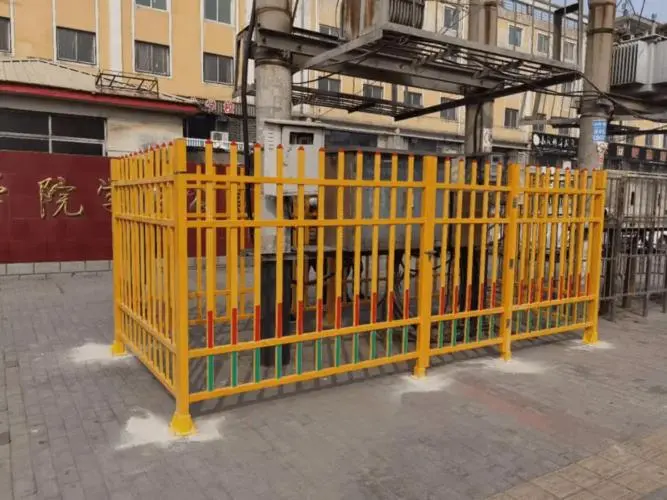
The electricity load is mainly divided into 4 major loads of tenants, lighting equipment, air-conditioning equipment and chiller and water pump units.
Among them, tenants’ electricity load accounts for the largest proportion (50%), which has the greatest impact on the transformer operation load rate.
Because each tenant is equipped with a billing meter and is transmitted remotely to the tenant metering system, operational actuals are readily available.
Other loads are relatively scattered, and only the power meter is installed in the terminal distribution box, so the operation load record takes the tenant load as an example.
Tenant power records are divided into design values, required values, and actual values.
Design value is the estimated amount of electricity by category for various tenants during the design phase.
The required value is the amount of electricity that the tenant proposes at the time of contracting based on installed capacity and usage.
The actual value is the daily maximum amount of electricity actually recorded in the operation.
Shopping malls have requirements for energy-saving indicators, and the lighting power load is affected by season, time and light perception, so reduce the number and time of lights turned on.
The design must consider full load opening in the most severe conditions.
Therefore, the actual load is usually much lower than the design load.
The air-conditioning equipment of the shopping center is controlled by the Building Automation System (BAS), all fans are equipped with frequency converters, which can be controlled according to the season and temperature/humidity, the full load state will only appear in the summer when the temperature is the highest, and the steam can be passed through in the winter.
Heating to keep warm, no electricity required.
Therefore, the actual load is usually much lower than the design load.
The shopping center chiller water pump is a linkage unit controlled by PLC.
The full load state of the three high-pressure chillers will only appear in the summer with the highest temperature.
In the transitional seasons of spring and summer, the chillers can hardly be turned on, so the load of this part is relatively low in other seasons.
Based on the above operation records and states of various loads, the required coefficients and simultaneous coefficients in the design need to be adjusted according to the actual operation conditions.
LA311 and LB311 are transformers for utility loads such as chilled water pumps, cooling water pumps and cooling tower fans. Most of these loads are primary and secondary loads, and they are the core transformers for the summer operation of shopping malls. It is necessary to consider that the two transformers are 100% mutual. spare.
According to the transformer load and load rate recorded in the two years before the opening, it is concluded that the selection of the rated capacity of the transformer is reasonable and economical.
The loads and load rates recorded by other transformers are low even when taking into account the 15% tenant vacancy rate for the first two years of operation.
The recorded load and load rate are the instantaneous maximum value, rather than the steady-state value and average value, which is related to the large value of the required coefficient and simultaneous coefficient during design.
According to the IEC standard, the maximum efficiency of a transformer is when the iron loss is equal to the copper loss, that is, the maximum load of the corresponding transformer is between 40% and 65%.
Therefore, the load factor needs to be increased by 20%, that is, the total installed capacity of the transformer needs to be reduced by 20%.
Except for the 2 transformers that supply power to the public works, the rated capacity of other transformers should be reduced by one grade. For example, the installed capacity of the transformers in the Wuhan project can be reduced to 23 600 kVA.
Based on the analysis of various load operating conditions, the coefficients are corrected except for tenants.
According to the analysis of the field measured data, the calculation coefficient is adjusted, and it is expected that the transformer will operate at the most energy-saving load rate (40%-65%) for the first 5 years.


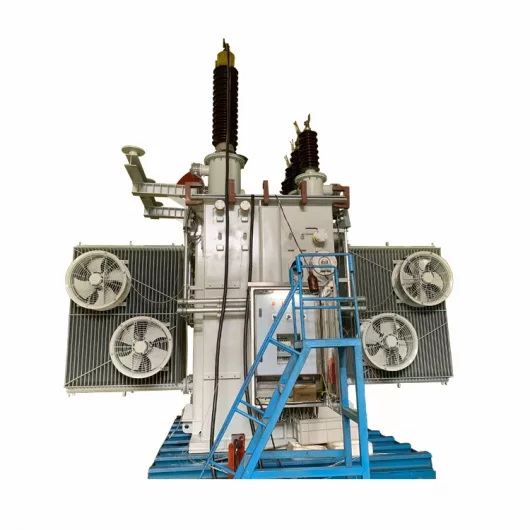
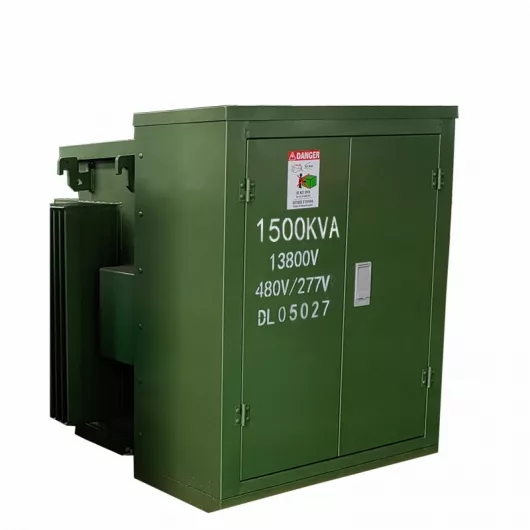
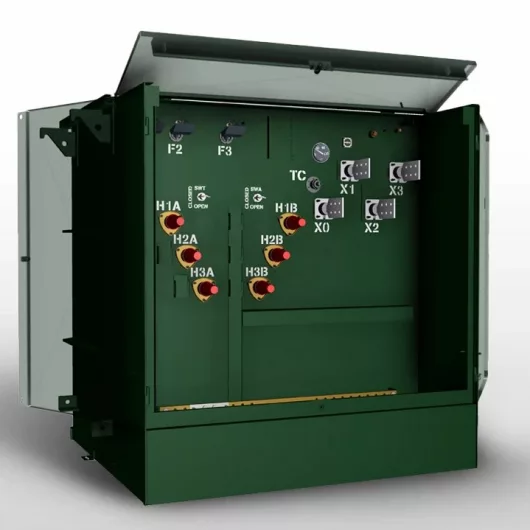
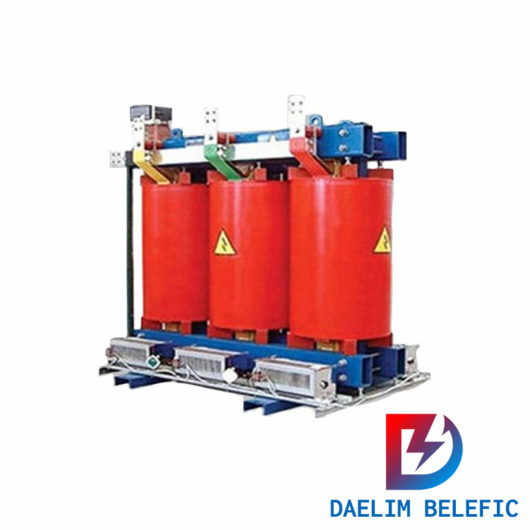
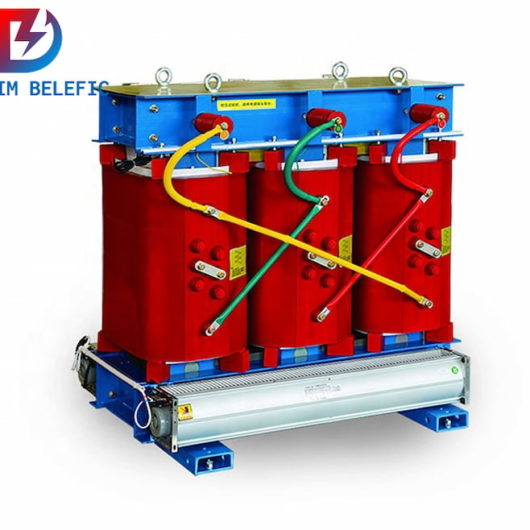


Table of Contents Selecting the right pad-mounted transformer requires careful consideration of several critical factors, as these ground-mounted distribution transformers play a vital role

The primary function of the pad mounted transformer is to serve as a critical distribution transformer that steps down higher primary voltage from utility distribution

A pad mounted transformer operates through electromagnetic induction, serving as a crucial distribution component that converts high voltage electricity to lower, usable voltages for residential

When looking for the best pad-mounted transformer manufacturer, it’s important to find industry leaders known for reliability and innovative solutions. Pad-mounted transformers are essential in
After filling in the contact information, you can download the PDF.